If you're a fan of Japan, the jinbei is a must-have piece of culture. We'll start by explaining what this traditional Japanese garment looks like and the situations in which one would opt for it.
Then we will make a small point of history by looking at the origins of this Japanese garment. Finally, you will see our recommendations for wearing your jinbei in a way that stays true to tradition. To do this, we will tell you the best accessories to pair with it.
The jinbei can also be called jinbē or hippari. It is a kind of pajama that is worn indoors or in summer. In the past, it was a fighting outfit because of the great freedom of movement it allowed. But nowadays, it is a tradition that everyone pleases to adopt.
What is a jinbei?

The jinbei is not only a cult character from the famous anime series One piece. It is also a traditional Japanese outfit that has a great coast in the land of the rising sun. One could easily compare this getup to pajamas. The outfit consists of shorts similar to short pants as well as a kimono-like top.
In the early years of its existence, the jibei was only meant to be worn indoors. But since recently, it is common to opt for it outdoors in hot weather. It is therefore the perfect outfit to face the hot summer sun. The loose sleeves and light fabric allow for optimal ventilation and comfort. The material also plays an important role in the comfort of this garment. Cotton and linen are as soft as they are noble.
When jinbei is not chosen indoors or during periods of high temperatures, it is chosen during the Matsuri (Shinto religious celebration) or the Hanabi (the fireworks tradition).
If you want to experience this style, we let you discover our own jinbei for man.
Origin of the hippari

Before it was even worn by the Nipponese people, the jinbē was the clothing of the samurai possessing the lowest rank. This was so from 1467 to 1615, during the Sengoku era (the era of transition from medieval Japan to modern Japan). The term jinbei comes from jinbaori, an etymology testifying to the fact that it is indeed a battle dress. The choice of this uniform is no accident. The dexterity that this outfit allows for very fluid movements, more agile warriors.
By the end of the Sengoku era, almost all men now wear the accoutrement within the home, during everyday tasks. This has long been a serious Japanese custom. It will take a few more years for the tradition to become more democratic among women. The latter's designs often have more complex patterns.
Nowadays, jinbei is perceived mostly as a comfortable garment that is pleasant to wear. It is not common to wait for a special occasion to indulge in this luxury and everyone can afford it (children, men and women).
How to properly wear the jinbē?

If you are hearted to follow the tradition to the letter, there are some guidelines that you absolutely must follow. Although wearing the outfit is less demanding than a kimono or yukata because it is more casual, a few points are still fundamental.
Nothing is easier than wearing the outfit, you just have to put it on. It is then that you have to do what is necessary to arrange it properly. You need to tie the top, but not with an obi belt. This must be closed with the cords that are crossed between them. The knot must imperatively be on the right side. Because according to a Japanese tradition, one covers the body of a deceased through a garment that is closed on the left side.
Few Japanese opt for this option, but it is not forbidden to wear a t-shirt under the jinbei. This helps to keep warm in case one opts for this garment in cold weather.
What traditional Japanese accessories to pair with jinbei
As with all traditional Japanese outfits, there are many accessories that can add to the style. If you want to wear your jinbei like a true Japanese, we suggest you choose zori. These are leather and straw wooden socks that are worn with tabi socks. You can also take inspiration from the monks by wearing waraji. These are very atypical woven straw sandals.
As far as ladies are concerned, it is very common that they wear this outfit with a wicker and fabric bag that is very fashionable in the land of the rising sun: the kinchaku. Also, it is not uncommon for the haori to accompany the jinbei. It is a long jacket that reaches to the knees.
You can visit our complete guide to traditional Japanese clothing to learn more.




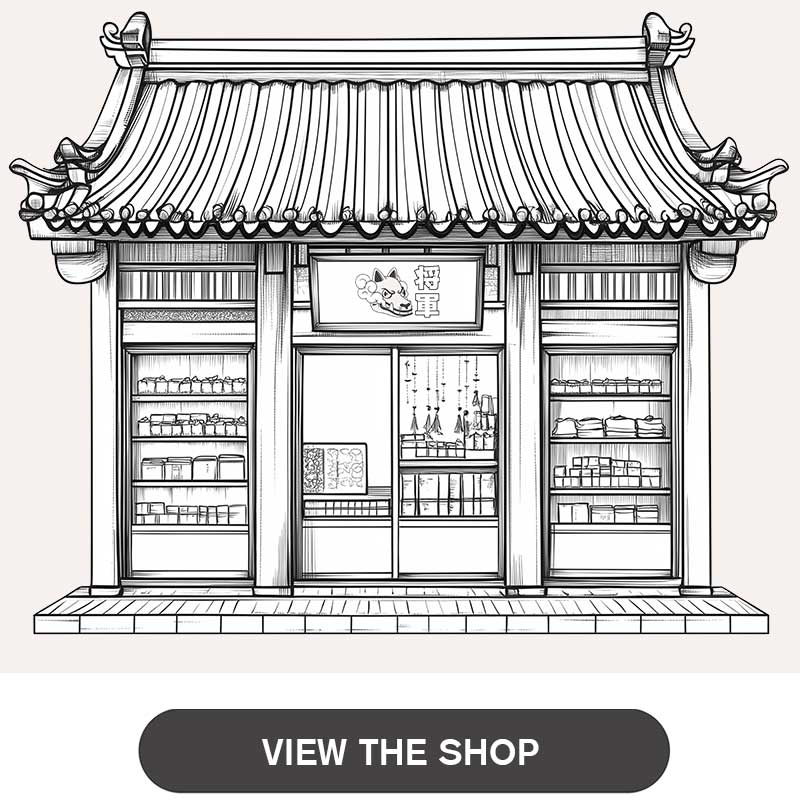
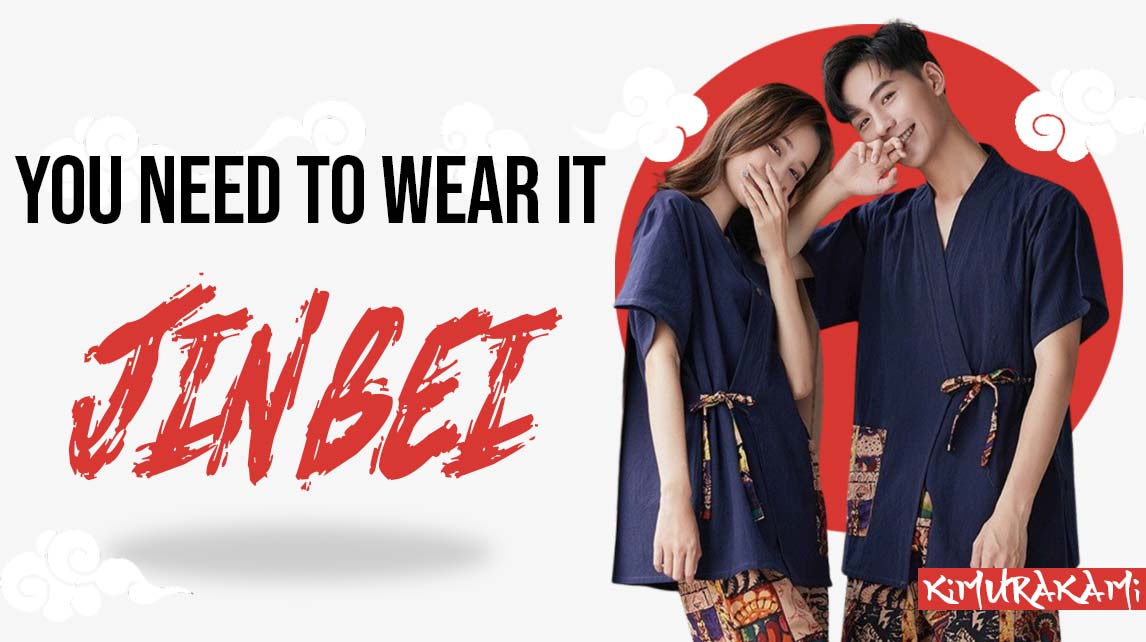
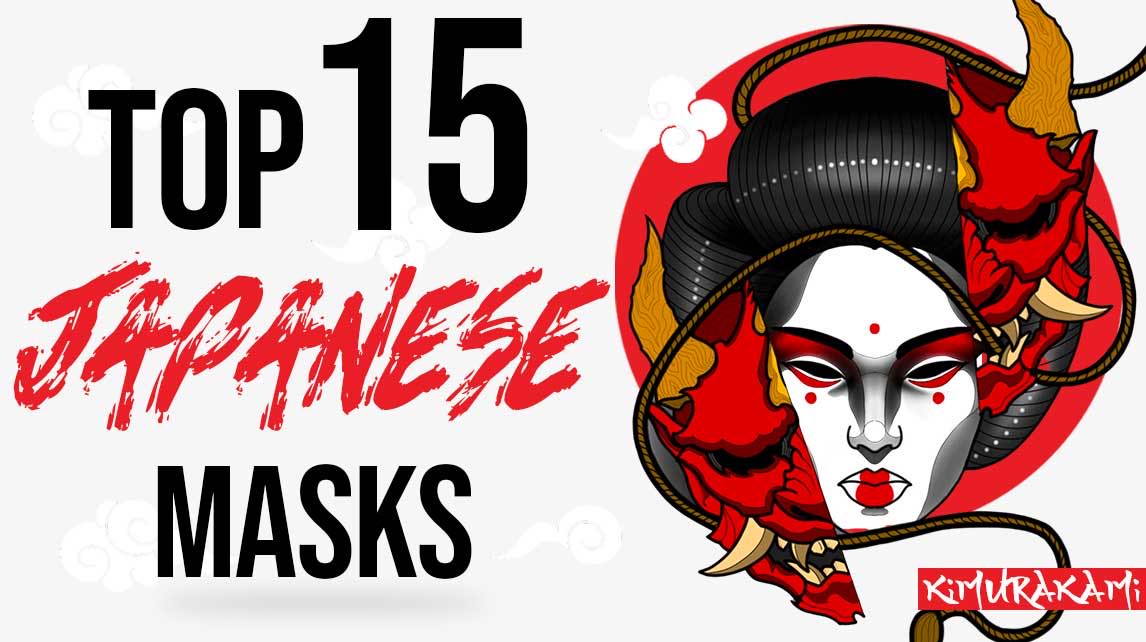
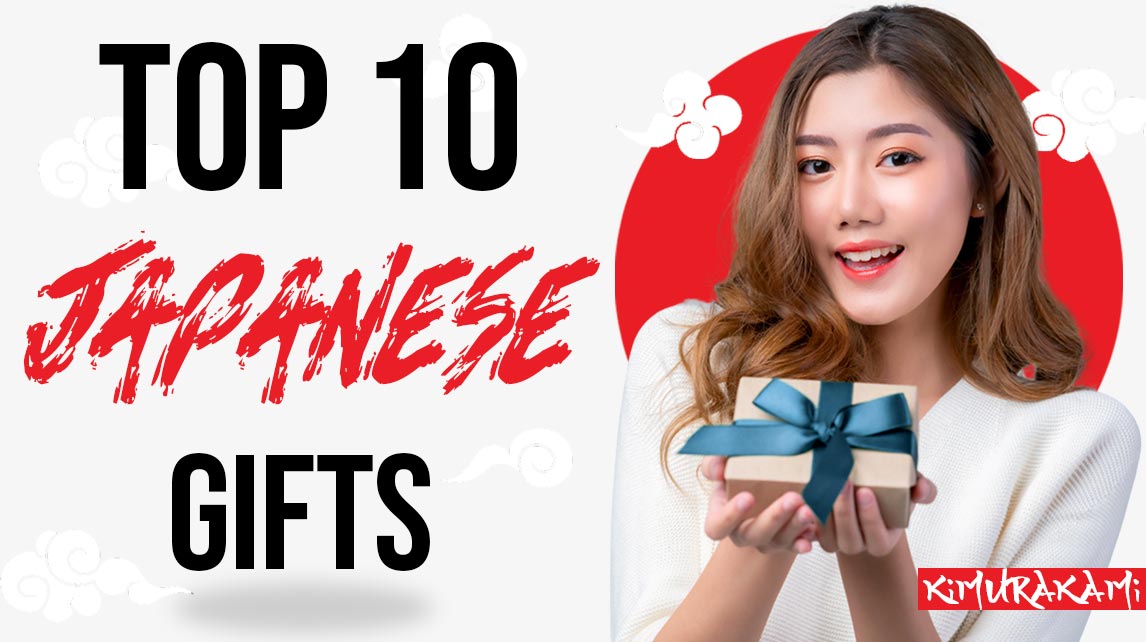

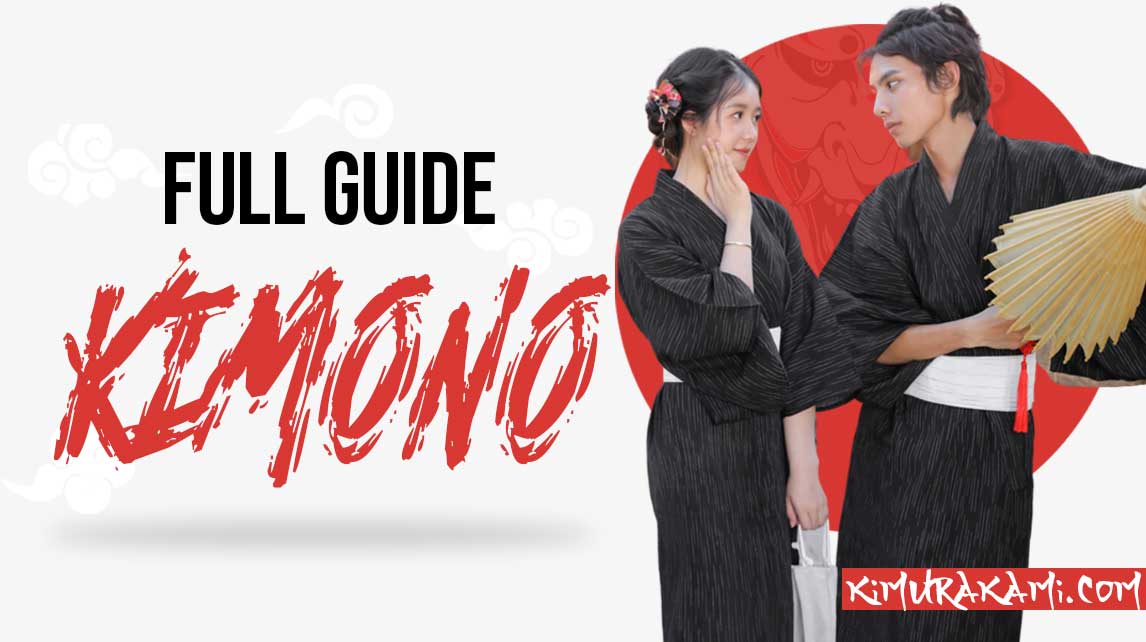
Leave a comment